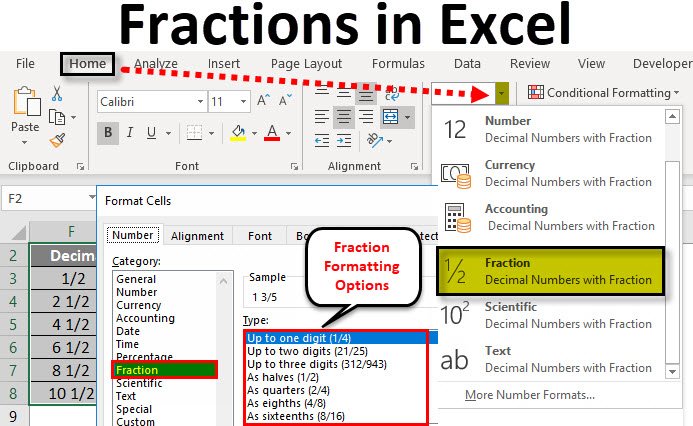Two steps to convert fraction to percent: Fraction to Percentage and multiply by percentage. Fractions are decimals of a number. One is the total value of all the numbers multiplied together. The next step is to find out what percentage change you need to make from your original amount. Find the percentage that you need to make and then multiply it by the original amount.

To convert a fraction, first find the value of the fraction. In our case, this will be the original price paid for the item. Subtract the original price from the current price. Decimal points are the only difference between the two.
To calculate the value of an improper fraction, you will need a calculator. You can either use the numerator or the denominator. To use the calculator that allows you to perform fraction calculations, you must first enter the numerator into the calculator. Next, place the appropriate sign before the percentage sign.
Fractions are written as percentages. To perform a conversion to percent, first, find the numerator. This is the number after rounding to the nearest whole number. The denominator is the decimal part. Once you have typed in the decimals, hit the multiply button. In most cases, you’ll be able to select how you want to multiply the decimals from a menu.
You may need to convert a percentage to another number on occasion. There are also times when you want to multiply a percent by itself. Decimals do not equal percentage values. Therefore, you cannot always click the multiply button to multiply each percentage.
Suppose you want to divide a decimal part of a percent by its factor. In that case, it is also possible but more complicated. First, find the decimals part using the numerator. Place the denominator into the left little square. Click on the multiply button once again to multiply the fraction by the appropriate factor.
To multiply a fraction, you have to divide it by a constant first. Here’s what a fraction would look like if your number is 13 divided by its decimal point. Similarly, if your product is 3.2 divided by its decimals, this is referred to as the numerator. You have to put the decimals after the numerator so you can write down the fraction.
The real world writes fractions as fractions, not whole numbers. To do this, you will use your understanding of English and the most common fractions in mathematics. A shortcut using your calculator may prove to be unsuccessful. It would need you to find another way to divide the number. Most calculators have built-in functions for common fractions. You will find that some calculators that do not have built-in common fractions also allow you to divide long division problems using a regular calculator.
There are many reasons why you might want to convert your fraction. If the denominator is a whole number, the easiest way to convert is to divide by each digit. When you multiply your answer by its denominator, you get the trimester. We divide the trimester by hundredths of a whole number, rounded up to the next whole number.
Another way to convert to percent is through the use of the zero percent conversion table. This table tells you how to divide a number by itself into one percent parts. It’s easier to write down all the digits that way. After you divide the number by the desired percentage, the result is the fraction.
Another common way to convert fractions is through the use of the decimals table. This table tells you how to convert a fraction in half, quarter, etc., by dividing it into tenths, sixths, and quarters, respectively. Then, after knowing the fraction, you round up to the nearest whole number. You can use this method if you need a small rounding error.
These methods are all based on the same mathematical equation and are fairly easy to follow. Suppose you need help with Excel formulas or even trouble finding a tutorial for a particular subject on Excel. In that case, several websites offer tutorials on the Internet. These online tutorials will provide you with an understanding of how to convert percentages in Excel. They also provide you with a complete formula to use when needed. That way, you can convert any fraction in Excel into a percent form very quickly and easily.
